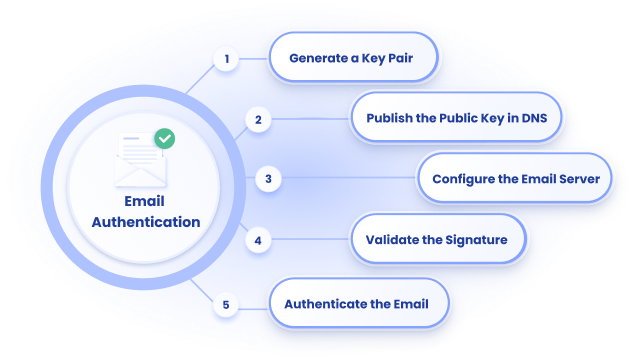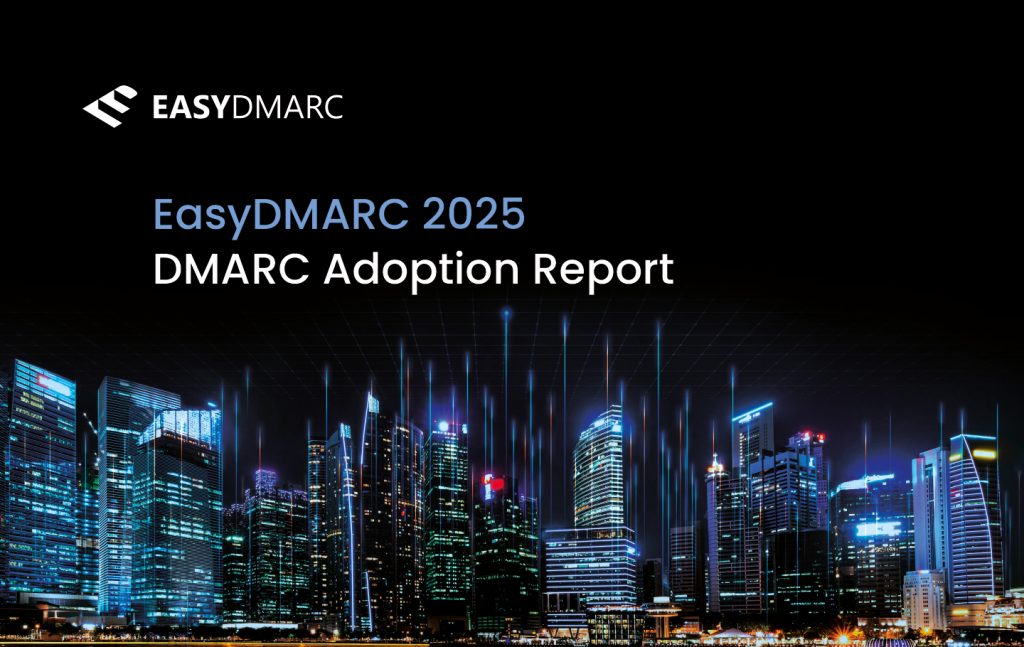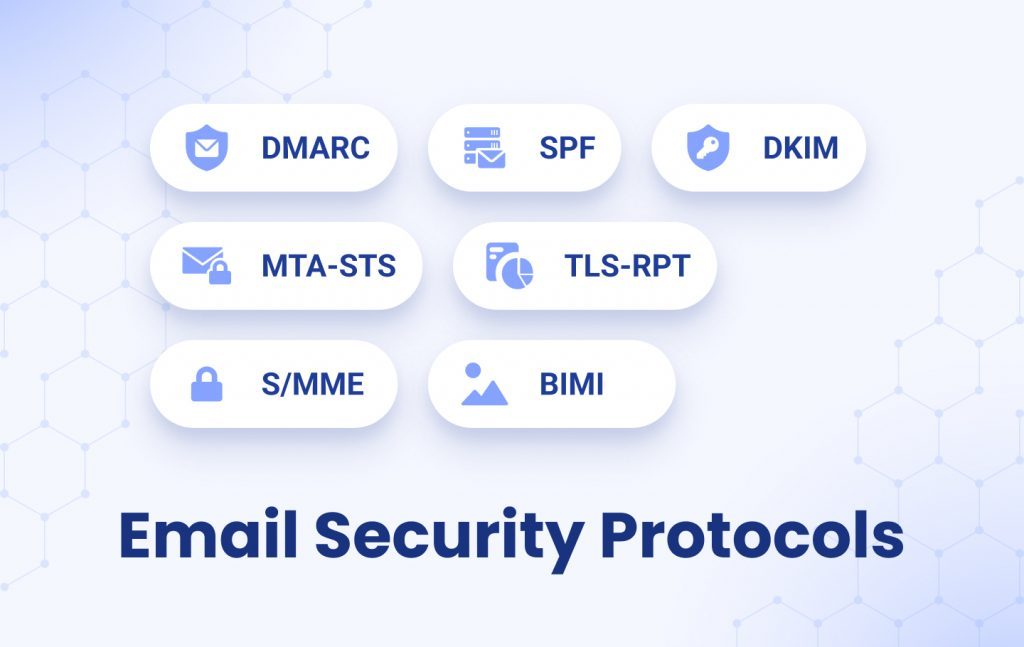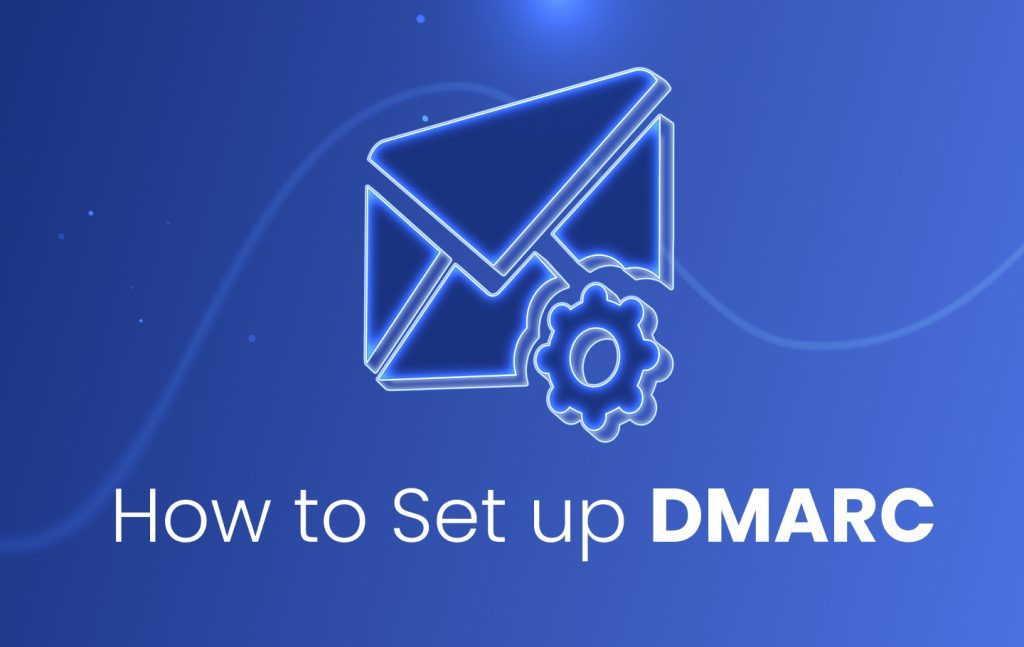What is Email Authentication?
Email authentication is the process of verifying that an email message actually comes from the domain it claims to be sent from. It helps mail servers confirm whether a message is legitimate or potentially fraudulent. Without email authentication, it’s easy for attackers to forge sender information and impersonate trusted brands, which is a common tactic used in phishing and spoofing attacks.
To prevent this, email authentication uses specific protocols to check the sender’s identity and message integrity. One of the most widely used frameworks is DMARC email authentication, which builds on the SPF (Sender Policy Framework) and DKIM (DomainKeys Identified Mail) standards. Together, they allow domain owners to specify which mail servers are authorized to send email for their domain (via SPF), provide a way to verify message integrity and source (via DKIM), and enable domain owners to instruct receiving servers on how to handle messages that fail these checks (via DMARC).





